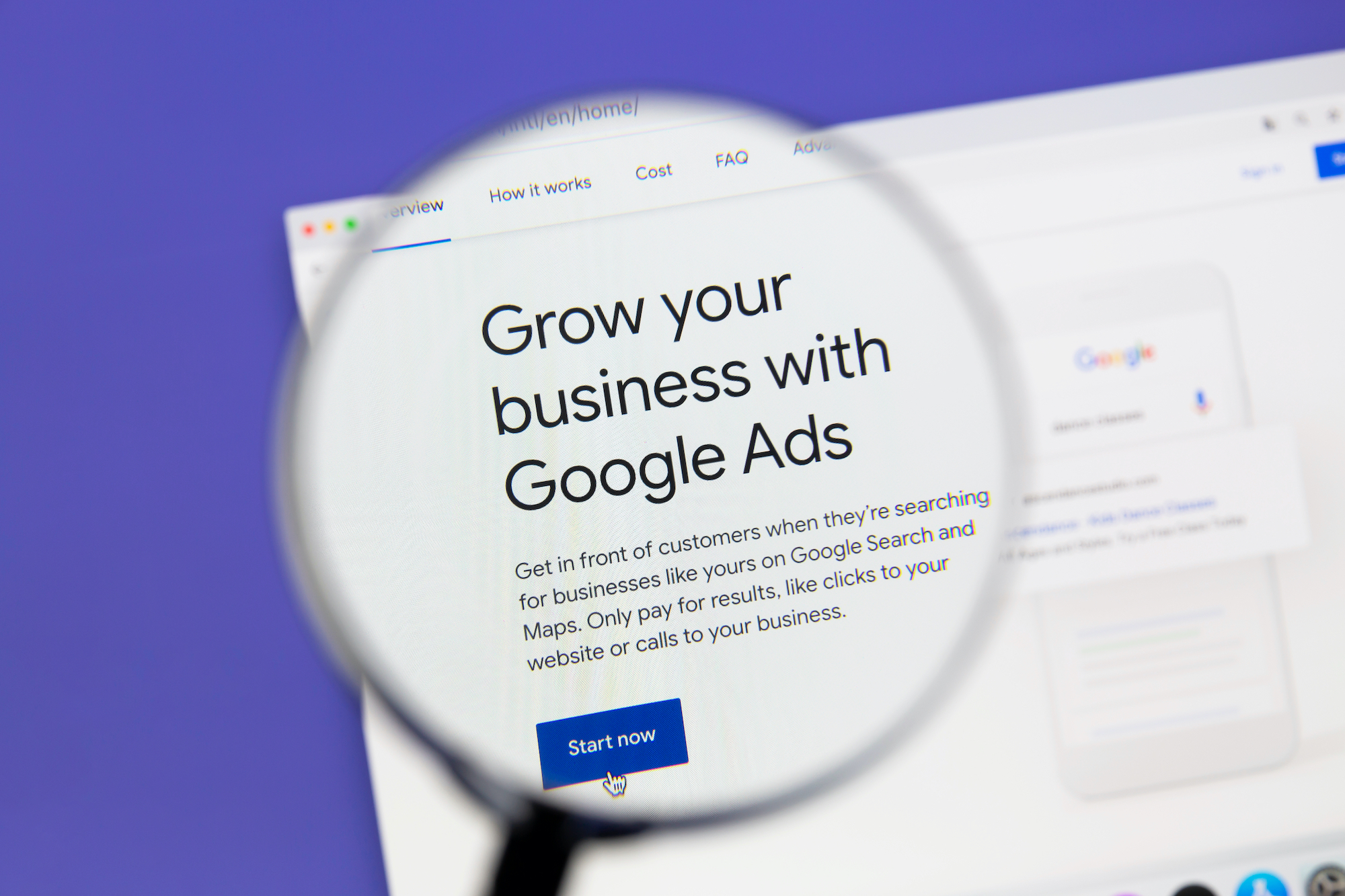Google has announced “advertiser pages”, which allow users to learn more about the advertiser before visiting their site or making a purchase.
What are Advertiser Pages?
Advertiser pages will include enhanced ad disclosures for advertisers that have completed the verification process.
These features are similar to the content that users see when they click “Why Am I seeing this Ad?” on Facebook.

By clicking “About this Ad”, users will be able to see things like:
- Why they are seeing this ad content.
- The advertiser’s brand name.
- The advertiser’s location.
- Additional ads from that advertiser over the past 30 days.
Users will also be able to click “stop seeing this ad” to mute ads from advertisers that they aren’t interested in and/or report the ads that they believe violate policies – all from the advertiser page.
The goal is to provide more information to help differentiate credible advertisers in the ecosystem while limiting the ability of bad actors to misrepresent themselves.
Why Were Advertiser Pages Created?
Google has been working on improving ads transparency and continuously cracking down on policy-breaking behaviors.
Mojdeh Tomisch, Product Manager, Ads Privacy & Safety at Google said, “Enhanced ad disclosures build on our efforts to create a clear and intuitive experience for users who engage with ads on Google products. More than 30 million users interact with our ads transparency and control menus every day, and “About this ad” has received positive feedback on its streamlined experience.”
Tomisch also noted that users engage with ads transparency and control tools on YouTube more than any other Google product or network, so it will roll out to search in the coming months.
When Will Advertiser Pages Roll Out?
Advertiser pages are expected to launch in the coming months to advertisers in the U.S. and are expected to roll out in phases to more countries starting in 2022.





![AI Overviews: We Reverse-Engineered Them So You Don't Have To [+ What You Need To Do Next]](https://www.searchenginejournal.com/wp-content/uploads/2025/04/sidebar1x-455.png)